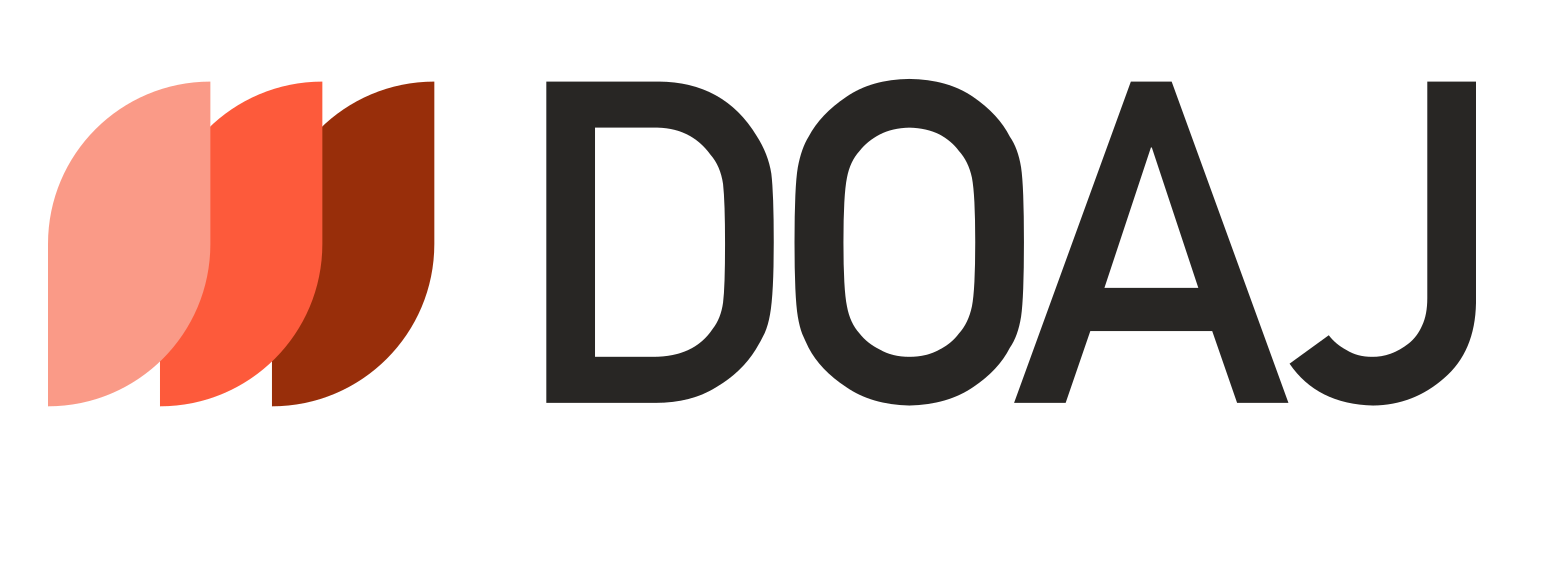The Jordanian Rights of Persons with Disabilities Law of 2017: How is Disability Addressed? A Policy Analysis
DOI:
https://doi.org/10.35246/bgvj9g28Keywords:
الإعاقة, الأشخاص ذوي الإعاقة, صناعة السياسات, أهداف التنمية المستدامة, التنفيذAbstract
تماشياً مع اتفاقية الأمم المتحدة لحقوق الأشخاص ذوي الإعاقة، أنجزت الحكومة الأردنية قانون حقوق الأشخاص ذوي الإعاقة لعام 2017، وسيتم استعراض هذا القانون، وفحص مدى توافقه مع احتياجات الأشخاص ذوي الإعاقة، وتوافقه مع أطر السياسات الدولية للإعاقة، وتنفيذه على الجانب المحلي، سيتم استخدام المفاهيم الأساسية الثمانية عشر لسياسة الإعاقة التي صاغها تور نبول وآخرون (2001) كمعيار ليتم تقييم فعالية القانون. يؤكد البحث على أن مبادرات الحكومة الأردنية في دعم الأشخاص ذوي الإعاقة تتوافق مع أهداف التنمية المستدامة للأمم المتحدة لعام (2015). وهذا يشير إلى أن القانون يتردد صداه بقوة مع المفاهيم الأساسية الموضحة في هذا البحث. ولتحقيق نجاح دائم لمبادرات السياسة المتعلقة بالإعاقة، يجب أن تؤكد على الاستقلالية والسرية والنهج الذي يركز على الأسرة. وكذلك يؤكد البحث على أن التعاون والتنسيق بين الوكالات أمر حيوي لتحقيق سياسات الإعاقة بشكل فعال. وتسلط النتائج الإضافية الضوء على الحاجة إلى زيادة التمويل وإنشاء آليات مراقبة للإشراف على تقدم السياسات. ونظراً للسياق العالمي المتطور، يتعين على صناع السياسات في الأردن وغيرها من البلدان ذات الدخل المنخفض والمتوسط ضمان أن تكون هذه السياسات قابلة للتكيف لتلبية احتياجات الأشخاص من ذوي الإعاقة أثناء حالات الطوارئ، وإشراكهم في مناقشات هادفة أمر بالغ الأهمية لتعزيز نهج شامل يضمن لهم التمكين الازم.
Downloads
References
I. ADA Amendments Act of 2008, Public Law 325, U.S. 122 (2008): 3553-3559.
II. https://www.govinfo.gov/app/details/STATUTE-122/STATUTE-122-Pg3553
III. Aldersey H. M. (2012). Disability and Work: The United Republic of Tanzania’s Workplace Policies in the Persons with Disabilities Act of 2010. Disability Studies Quarterly, 32(3), 1–10.
IV. Al-Zboon, et al. (2016). Attitudes of Dentists Toward Persons with Intellectual Disabilities in Jordanian Hospitals. Special Care Dentistry. 36 (1).
V. Bedford J., Mackey S., Parvin A., Muhit M., Murthy GV. (2013). Reasons for non-uptake of Referral: Children with Disabilities Identified through the Key Informant Method in Bangladesh. Disability and Rehabilitation, 35(25), 2164–2170.
VI. Belay, T., Fantahun, A., Missaye, M. (2015). Education of Children with Special Needs in Ethiopia: Analysis of the Rhetoric of Education for All and the Reality on the Ground. The Ethiopian Journal of Education. Vol. XXXV No. 1.
VII. Budget Brief (2019). Jordan.
VIII. https://www.unicef.org/jordan/media/2171/file/Education%20Budget%20Brief.pdf
IX. Convention on the Rights of Persons with Disabilities. 2007.
X. https://www.refworld.org/docid/45f973632.html
XI. Disability in Latin America (2022). https://www.cepal.org/notes/74/Titulares2
XII. ESCWA. (2022). Responsible Administrative Bodies: Higher Council for the Affairs of Persons with Disabilities (HCAPD). https://e-inclusion.unescwa.org/node/1464
XIII. ESCWA. (2018). Disability in the Arab Region.
XIV. https://www.unescwa.org/publications/disability-arab-region-2018
XV. ESCWA. League of Arab States. (2014). Information and Research Center.
XVI. Fisher K., Shang X. (2013). Access to Health and Therapy Services for Families of Children with Disabilities in China. Disability and Rehabilitation, 35(25), 2157–2163.
XVII. Gale, N., Heath, G., Cameron, E., Rashid, S., Redwood, S. (2013). Using the Framework Method for the Analysis of Qualitative Data in Multi-disciplinary Health Research. BMC Medical Research Methodology, 13(1), 1–8.
XVIII. Groh, Matthew, et al. (2015). Testing the Importance of Search Frictions and Matching through a Randomized Experiment in Jordan. IZA Journal of Labor Economics 4.1: 1-20.
XIX. Human Rights Watch (2019). Jordan: Insufficient Disability Rights Funding. https://www.hrw.org/news/2019/12/23/jordan-insufficient-disability-rights-funding
XX. Jordan Constitution,1952 (rev. 2016).
XXI. Jordan General Budget Department. (2023). https://gbd.gov.jo/en/releases/law-min/
XXII. Jordanian Rights of Persons with Disabilities Law No. (20) 2017. https://www.ilo.org/dyn/natlex/natlex4.detail?p_lang=en&p_isn=108108&p_count=20&p_classification=08
XXIII. Kasoolu, Semiray, et al. (2019). Female Labor in Jordan: A Systematic Approach to the Exclusion Puzzle. CID Faculty Working Paper No. 365.
XXIV. McColl M., Jaiswal A., Murphy C. (2017). A review of disability policy in Canada.
XXVI. Ministry of Social Development. (2022). Chapter 2801, Ministry of Social Development, Budget. https://gbd.gov.jo/uploads/files/gbd/law-min/2019/en/2801.pdf
XXVII. Nuri, R. P., Aldersey, H. M., Ghahari, S., Huque, A. S., Shabnam, J. (2022). The Bangladeshi Rights and Protection of Persons With Disability Act of 2013: A Policy Analysis. Journal of Disability Policy Studies, 33(3), 178–187.
XXVIII. Relief Web (2021). https://reliefweb.int/report/jordan/disability-inclusive-education-jordan-factsheet-may-2021
XXIX. Rosenbaum, P., King, S., Law, M., King, G., Evans J. (1998). Family-centered Service: A Conceptual Framework and Research Review. Physical & Occupational Therapy in Pediatrics, 18(1), 1–20.
XXX. Sargent, C. (2021). Disability Rights in the Middle East: Opportunities and Obstacles. Current History, 120 (830), 346-352.
XXXI. Shikako-Thomas, K., Shevell, M. (2018). Promoting the Human Rights of Children with Neurological Conditions. Seminars in Pediatric Neurology, 27, 53–61.
XXXII. Sosango, Getahun. (2021). The Challenges of Inclusive Education in Ethiopia: The Reality on the Ground. Ethiopian Journal of Education Studies. Vol. 1, Issue. (1).
XXXIII. Talukdar J., Mahmud, I., Rashid., S. (2018). Primary Health Care Seeking Behavior of People with Physical Disabilities in Bangladesh: A Cross-sectional Study. Archives of Public Health, 76 (43), 1–9.
XXXIV. The United Nations. (2021). Entity for Gender Equality and the Empowerment of Women. https://lac.unwomen.org/sites/default/files/Field%20Office%20Americas/Documentos/Publicaciones/2021/09/Report%20Accepting%20The%20Challenge%20EN%20WEB.pdf
XXXV. The United Nations Sustainable Development Goals (SDGs) (2015). https://sdgs.un.org/goals
XXXVI. Thompson, S., Adekoya, R., Mallick, U., Adaji, O., Rakib, A., Carew, M. (2022). Accessible Sanitation in the Workplace – Important Considerations for Disability-Inclusive Employment in Nigeria and Bangladesh, IDS Working Paper 561, Brighton: Institute of Development Studies.
XXXVII. Turnbull, HR., Beegle, G., Stowe, M. J. (2001). The Core Concepts of Disability Policy Affecting Families Who Have Children with Disabilities. Journal of Disability Policy Studies, 12(3), 133–143.
XXXVIII. Turnbull, NR., Birnie, DJ. (2007). Treatment Efficiency of Conventional vs Self-ligating Brackets: Effects of Arch Wire Size and Material. Am J Orthod Dentofacial Orthop.131(3):395-9.
XXXIX. Turnbull HR., Stowe, MJ., Agosta J., AP., Schrandt, MS., Muller, JF. (2007). Federal Family and Disability Policy: Special Relevance for Developmental Disabilities. Dev Disabil Res Rev.13(2):114-20.
XL. UNICEF. (2021). Inclusion International.
XLI. https://www.unicef.org/lac/media/23096/file/Our_opinion_matters.pdf
XLII. UNICEF. Jordan. (2022).
XLIII. https://www.unicef.org/jordan/media/11671/file/Makani%20summative%20impact%20evaluation_English.pdf
XLIV. UNICEF. (2022). Distribution of Disabled People in Jordanian Governorates. UNICEF, Country Office Annual Report. https://www.unicef.org/media/136001/file/Jordan-2022-COAR.pdf
XLV. World Bank (2023). Country and Lending Groups.
XLVII. World Bank (2022). Jordan Overview.
XLVIII. https://www.worldbank.org/en/country/jordan/overview
XLIX. World Meter. (2015). Analysis of the Latest United Nations Data. https://www.worldometers.info/world-population/jordan-population/
L. Zuurmond, MA., Mahmud, I., Polack, S., Evans, J. (2015). Understanding the Lives of Caregivers of Children with Cerebral Palsy in Rural Bangladesh: Use of Mixed Methods. Disability, CBR & Inclusive Development. 26(2):5–21.
Downloads
Published
Issue
Section
License

This work is licensed under a Creative Commons Attribution 4.0 International License.
Copyright and Licensing:
For all articles published in Journal of Legal Sciences, copyright is retained by the authors. Articles are licensed under an open access Creative Commons CC BY 4.0 license, meaning that anyone may download and read the paper for free. In addition, the article may be reused and quoted provided that the original published version is cited. These conditions allow for maximum use and exposure of the work.
Reproducing Published Material from other Publishers: It is absolutely essential that authors obtain permission to reproduce any published material (figures, schemes, tables or any extract of a text) which does not fall into the public domain, or for which they do not hold the copyright. Permission should be requested by the authors from the copyrightholder (usually the Publisher, please refer to the imprint of the individual publications to identify the copyrightholder).
Permission is required for: Your own works published by other Publishers and for which you did not retain copyright.
Substantial extracts from anyones' works or a series of works.
Use of Tables, Graphs, Charts, Schemes and Artworks if they are unaltered or slightly modified.
Photographs for which you do not hold copyright.
Permission is not required for: Reconstruction of your own table with data already published elsewhere. Please notice that in this case you must cite the source of the data in the form of either "Data from..." or "Adapted from...".
Reasonably short quotes are considered fair use and therefore do not require permission.
Graphs, Charts, Schemes and Artworks that are completely redrawn by the authors and significantly changed beyond recognition do not require permission.
Obtaining Permission
In order to avoid unnecessary delays in the publication process, you should start obtaining permissions as early as possible. If in any doubt about the copyright, apply for permission. Journal of Legal Sciences cannot publish material from other publications without permission.
The copyright holder may give you instructions on the form of acknowledgement to be followed; otherwise follow the style: "Reproduced with permission from [author], [book/journal title]; published by [publisher], [year].' at the end of the caption of the Table, Figure or Scheme.











